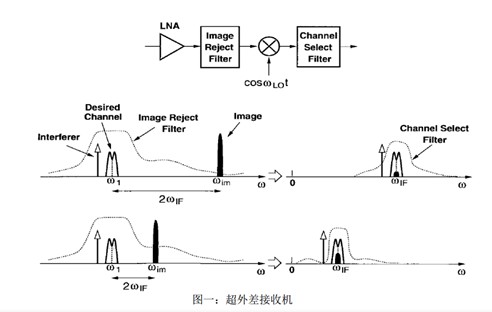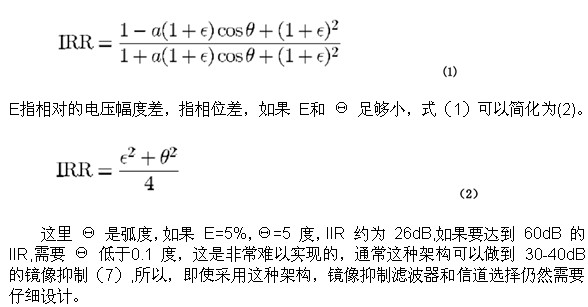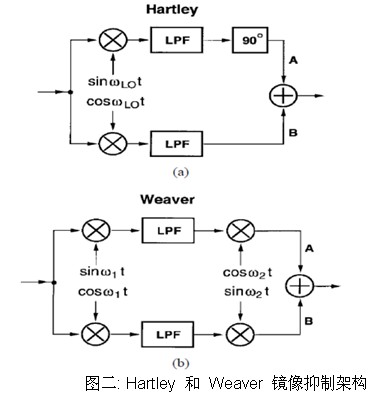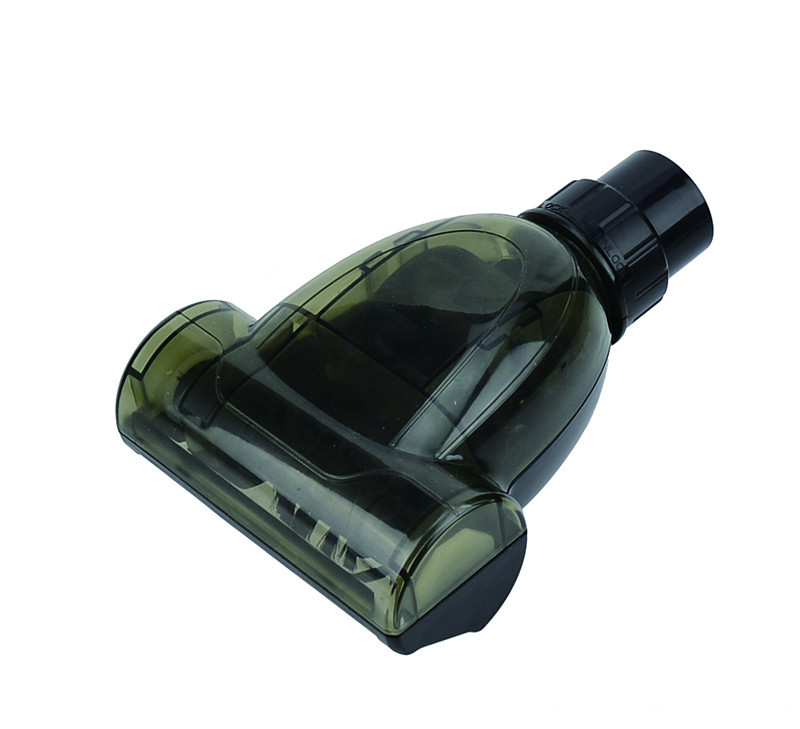Compared with the traditional superheterodyne receiver, the zero-IF receiver has the characteristics of small size, low power consumption and low cost, and easy integration. It is receiving more and more attention. This article combines the zero-IF receiver of Texas Instruments (TI) Solution (TRF3711), detailed analysis and introduction of the technical challenges and solutions of the zero-IF receiver.
Overview
The zero-IF receiver was proposed decades ago, and has experienced many application practices in the project, but most of them ended in failure. In recent years, as communication systems require lower cost, lower power consumption, smaller area, and integration The degree is higher and the bandwidth is larger. The zero-middle scheme can solve the above problem very well and was mentioned again.
This article will introduce the problems and design solutions of the zero-IF receiver in detail. Combined with the test results of TI's zero-IF solution TRF3711, it is proved that the zero-IF solution can be realized in the base station of the broadband system.
1. Superheterodyne receiver
1.1 Superheterodyne receiver problem
In order to better understand the advantages of zero-IF reception, this section will briefly summarize some of the design difficulties and disadvantages of superheterodyne receivers.

Figure 1 is the architecture of a simple superheterodyne receiver. The RF signal enters the mixer through the LNA (low noise amplifier), and is mixed with the local oscillator signal to generate an intermediate frequency signal output. The image suppression filter filters out the mixed image signal. The filter filters out the out-of-band interference signals and plays the role of channel selection. The figure shows the process of moving the spectrum and the function of each part.
The most important problem in superheterodyne receivers is how to balance the design of the image suppression filter and the signal selection filter. As shown in Figure 1, for the filter, when the quality factor and insertion loss are determined, The higher the intermediate frequency, the better the suppression of the image signal, and the poorer the suppression of the interference signal. Conversely, if the intermediate frequency is lower, the suppression of the image signal becomes worse, and the suppression of the interference signal is ideal For this reason, superheterodyne receivers have very high requirements for the selection of the transfer function of the image filter and the channel filter. Usually, a SAW filter or a high-order LC filter is used. These are all Not conducive to the integration of the system, and the cost is also very high.
In superheterodyne receivers, since the image rejection filter is external, the LNA must drive a 50R load, which will also cause problems with the balance of area and amplifier noise, gain, linearity, and power consumption.
The balanced design of the image filter and the selection filter can also use the image suppression architecture. As shown in the topological architecture of Hartley (1) and Weaver (2) shown in Figure 2, the outputs at points A and B are useful signals of the same polarity The image signal with the opposite polarity, so that the image signal can be cancelled by the following adder, thereby simplifying the design of the image filter, but due to the imbalance of phase and amplitude, the image signal of this architecture cannot be completely suppressed. As shown in (6), the image rejection ratio is IIR.


2. Zero IF receiver
2.1 Zero IF receiver architecture and advantages
The architecture of the zero-IF receiver is shown in Figure 3. It means that the RF signal (radio frequency) is directly converted to a zero-frequency signal, and LPF (low-pass filter) is used to suppress the near-end interference signal. In the zero-IF architecture, in the typical phase / Amplitude modulation, the quadrature I and Q signals are necessary. Since the two sideband signals contain different useful information, they must be distinguished in phase.
Compared with the superheterodyne architecture, the advantages of the zero-IF architecture: 1: no image rejection requirements; 2: LNA does not need to drive a 50R load; 3: using the same ADC, the bandwidth is twice that of the superheterodyne architecture; 4: sound table The filter and complex LC filter can be replaced with a simple low-pass filter, which is conducive to integrated chip design. As shown in Figure 4, TRF3711 uses a zero-IF architecture, integrated I / Q demodulator, low-frequency adjustable gain amplifier And the adjustable channel selection filter realizes a highly integrated solution.
Since the zero-IF reception architecture is so simple, why hasn't it been widely used so far? That's because the zero-IF receiver is easily contaminated by various noises, which affects the system performance. The challenges of the zero-IF receiver architecture will be discussed below.

This brush is Small Turbo Brush. It's a specil Vacuum Cleaner brush. It's a good helper of acarus killing,so it will give you a safe and clean environment. It's mainly made up of multi-function soft brush,colorful pneumatic brush body,transparency cover and rotation type brushing fur. It's also a vacuum cleaner brush with six functions. First,automatic compensation function into the wind that will let rolling brush always run. Second,unique and simple structure, tear open outfit clean is very convenient. Third,high efficiency of dust collection and super silent. Fourth,deep cleaning and professional in addition to mites. Fifth,modelling is novel and beautiful. The last one is its new function that is rotating transformation multifunctional suction brush. This is really a very useful and beautiful vacuum cleaner brush,hope you will like it. Now let's see picture blow.

Small Turbo Brush
Small Turbo Brush, Turbo Brush, Vacuum Turbo Brush
Ningbo ChinaClean Household Appliances Manufacture Co., Ltd. , https://www.chinaclean-elec.com
![<?echo $_SERVER['SERVER_NAME'];?>](/template/twentyseventeen/skin/images/header.jpg)